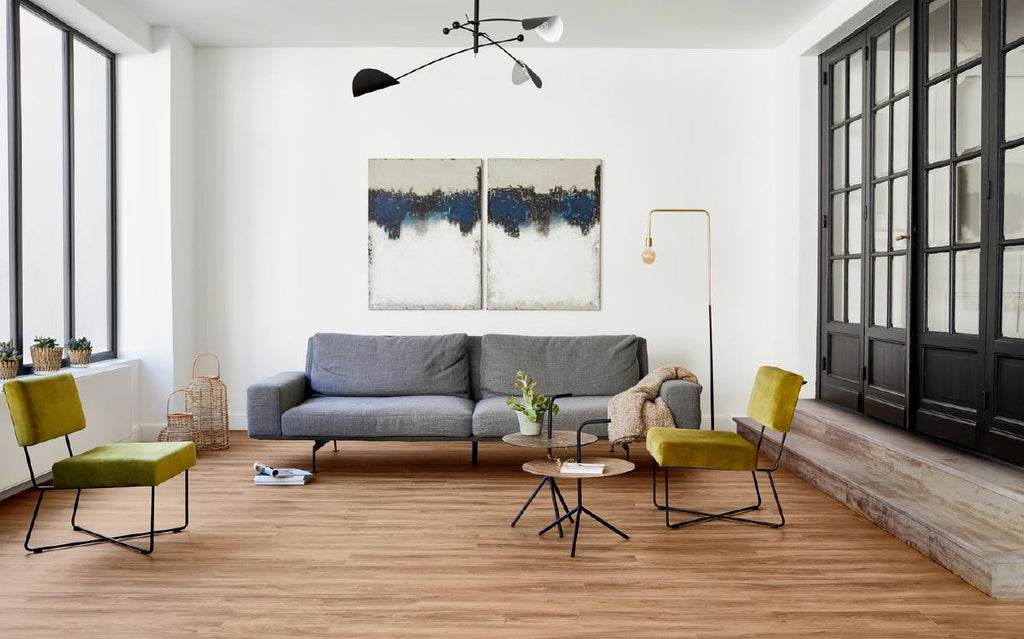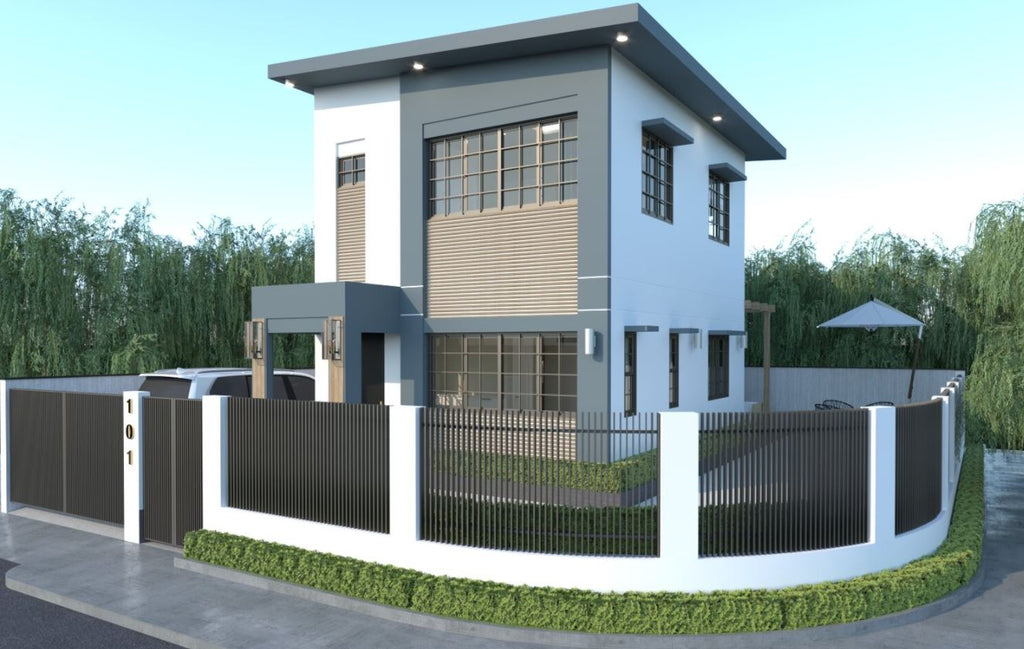Building Your Dream Home in the Philippines
Everyone dreams of being a homeowner, and because building a house is a big investment, the decision understandably starts with an important financial question: Can I afford it?
When you ask an architect or contractor how much it will cost to build a house, there is no way to give an exact answer. There will be several factors that need to be considered, and at best, they will only be able to give you a close approximation. Understanding the construction and material costs, taxes and other fees can help you budget realistically and allow for variations along the way.
Let us break down the factors that determine construction costs and a general guide of the process to get you started:

Size and Type of property
Of course, it goes without saying that the bigger your house is, the more expensive the house construction cost would be. You need to decide too on the type of property that you want -Two-Storey? Single detached? Bungalow? How many bedrooms and bathrooms would you need?
Based on design and consultancy firm Arcadis Philippines Inc.’s Construction Cost Handbook Philippines 2020, terraced houses and average standard homes (one to two bedrooms) tend to cost between Php45,201 and Php53,865 per square meter. For detached houses and high-end residences, the cost is between Php 84,348 and Php 142,074 per square meter.
The house construction cost includes homebuilding expenses (materials, tools, equipment, etc.) as well as services namely, mechanical, electrical, plumbing, and fire protection systems.
Materials and Finishes
You have decided on your house size and type; to finish the design, the next question would be, what kind of finishing do you want? As the term suggests, these are items that complete the whole look of the house, without necessarily affecting its functionality.

There are three types:
-
Rough finish - cement floorings, concrete walls (but without paint), corrugated roofs, jalousie windows
-
Standard or executive finish - ceramic or granite tiles, painted walls, while the windows have aluminum frames. The ceilings may feature a cove style.
-
High-end finish - double-coated granite tiles, accent wall panels, terracotta roof tiles, and ceilings with a customized design with pin lights.
The most common among the three would be the standard finish. Eventually, when a homeowner has an extra budget, he/ she can rework the finishes and upgrade to more luxury materials.
Design and Permit Fees
It is recommended to engage the services of an architect to draw up the plans and blueprints of your dream home. Their job is to give invaluable recommendations with regard to the property type, design and materials best suited for your lot. For residential projects, the architect’s fee is usually 10% of the construction cost.

Once you have the final design, you can proceed to apply for a building permit to make sure you are adhering to the National Building Code, the stipulations and cost of which vary depending on the location and scope of the project.
Finalizing the house design and securing the necessary permits will ensure that you meet the regulations and thus set the tone for a seamless construction process.
Labour Costs and Timetable
How soon do you want your house to be finished? The timeline that you set will determine the number of manpower and hours needed for the construction. Workers are paid on an hourly or daily rate, and it varies on whether the project is located in the city or in the province. The range is usually Php 280 - 800 / day.
It is important to work with a reputable contractor to ensure the structural integrity of your house. While it’s understandable that you would want to save on house construction costs as much as you could, cutting corners usually don’t end up well in the long term - you wouldn’t want to end up with costly repairs and maintenance after your house is finished. The extra cost of hiring licensed architects and engineers come with warranty, after-sales service and most importantly, legal liability for any defects in the structure of your house.
Miscellaneous
Even with careful planning and a final design on hand, some adjustments to the cost can happen during the construction process that you have to budget for. This includes inflation of material prices, delay in construction due to force majeure, among other things.
There are other items outside house construction that need to be considered before moving in, such us lighting fixtures, grills, a perimeter fence, gate, landscaping etc. If building a house inside a subdivision, there are move-in fees, insurance fees and association dues that will have to be added on.

Approximations
According to the Housing and Land Use Regulatory Board (HLURB), the minimum floor area required by law in a subdivision is 42 square meters. By using the aforementioned estimates (42 sqm x Php 45,000), the construction cost alone for a small space with standard finishing would more or less amount to Php 1.89M. Factoring in other costs and fees, it would be safer to have a budget of around Php 2.2 million.
Conclusion
Being a homeowner is definitely one of the most exciting stages in anyone’s life, and obviously one of the most important. That’s why it cannot be stressed enough to do extensive research and have consultations with professionals to get the best value for your hard earned money.
If the cost per square meter on a floor area basis may be too intimidating, you can ask an architect and the construction engineer to tailor-fit a plan and a house design that would suit your budget and your specifications. If you have a very strict budget, another option is to find a ready-to-move in property with a fixed selling price. Depending on the location, size and finishing, these properties start for as low as Php1M, with options for extra land area for a possible expansion in the future. Whichever way you choose to go, always make sure it is an informed decision.
Source:
Arcadis Philippines Inc. Construction Cost Handbook 2020

